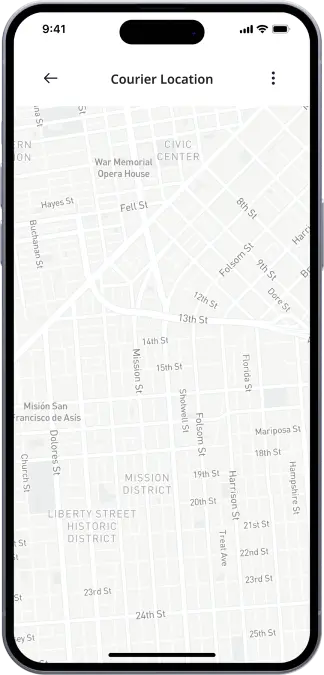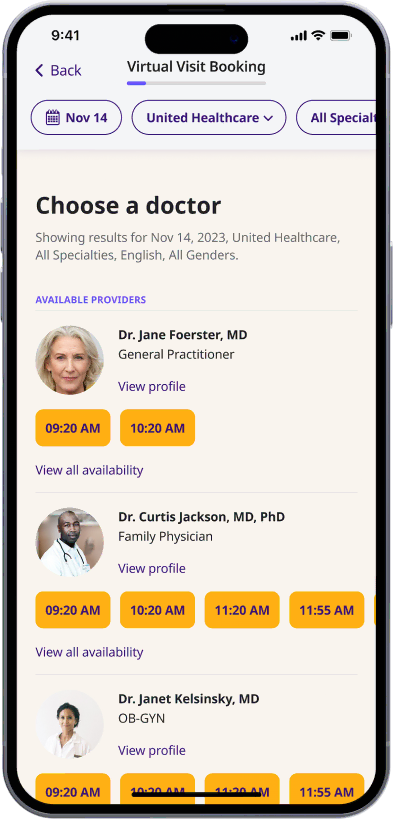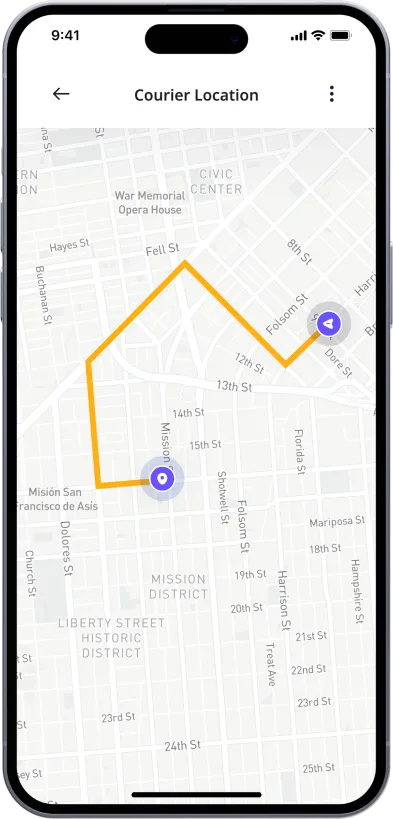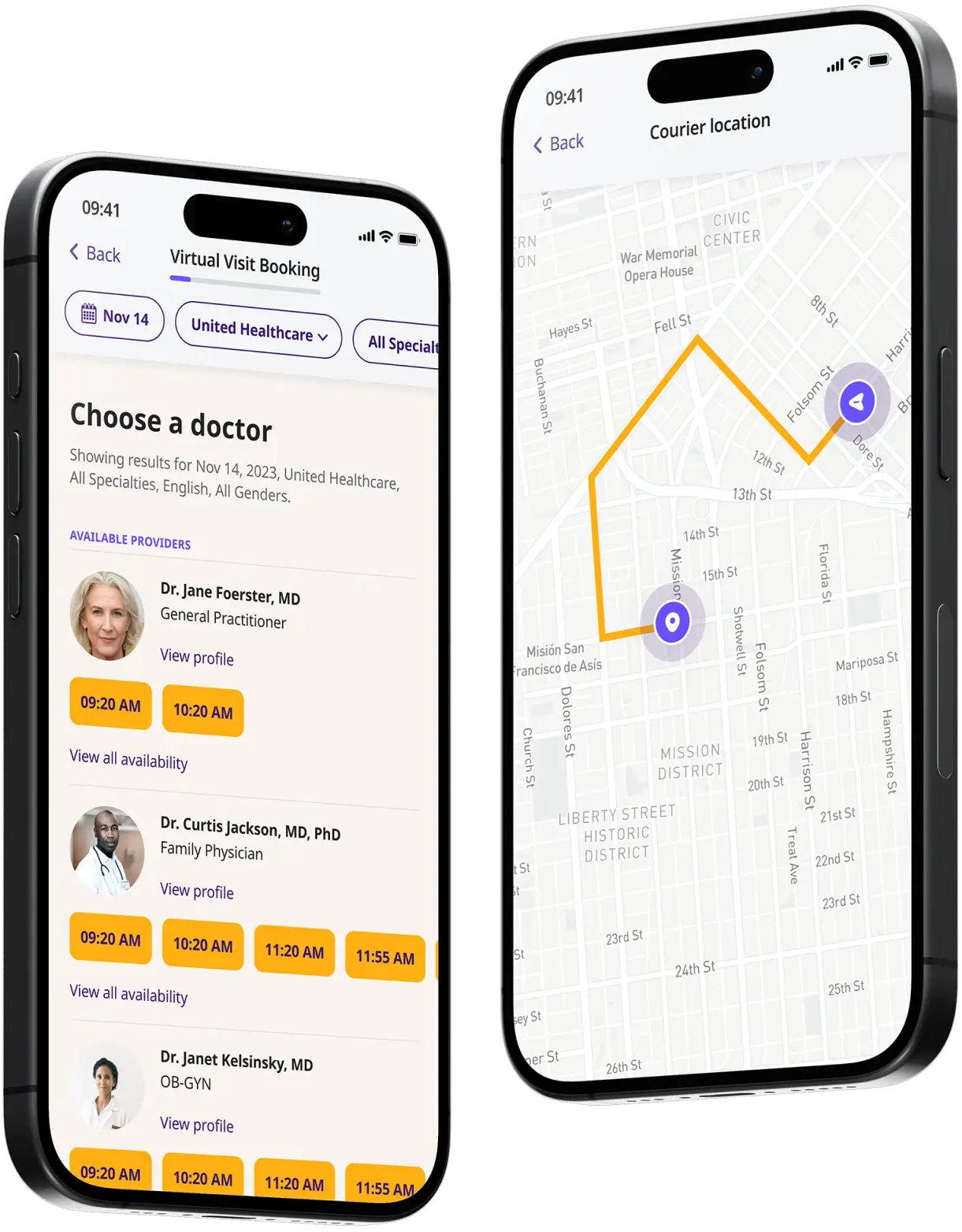Online Prescriptions Available 24/7
See an online doctor 24/7 for new prescriptions or refills. Fast, convenient access to the medication you need.


Available in 50 states. Insurance accepted.
Fast
virtual visits
24/7 care
assistants
Prescriptions
as needed
As seen in

Comprehensive care, where you are
Access a wide range of essential healthcare services tailored to your needs, all from the comfort of your home
See If Delivery Is Available Near You
Delivery Not Available
Enter your ZIP code to check if prescription delivery is available in your area and how soon your meds could arrive.
How to get started
Choose your doctor, start a virtual visit, and have your prescriptions sent to your preferred pharmacy for pickup — all in just a few easy steps.
Choose a doctor
Choose a physician by availability, specialty, ratings, and more.

Start a video call
Get connected with a doctor anytime, anywhere.

1-Hour Rx Delivery
Your prescription delivered to your door in 1 hour or less.

Available in 50 states. Insurance accepted.
One-Time
Physician Visit
One-time visit with a physician for diagnosis, treatment, Rx, labs, referrals, and doctor’s notes.
Accepted Insurances
Online Prescriptions
Online prescriptions are a convenient way to get the medications you need without having to leave the comfort of your home. Online prescriptions are a type of prescriptions that are filled out and submitted online, rather than in person at a doctor’s office.
In most cases, you can get both a new prescription and a refill of an existing prescription online using online doctor services.
While traditional prescriptions are still the most common type of prescription, online prescriptions are becoming more popular, due to the convenience, flexibility, and many other benefits they offer.
With an online prescription, patients can have their prescriptions filled at any pharmacy that accepts online prescriptions, which can be convenient for those who live in rural areas or who travel frequently.
Online Prescription Benefits
There are many benefits to using online prescription services. One of the biggest benefits of online prescriptions is the amount of time you save by having a virtual visit. You do not need to book an appointment and then make a trip to the doctor’s office where you still usually waste time in the waiting room.
Another benefit of virtual prescriptions is convenience. You can have a visit with a doctor from the comfort of your own home, and pick up the prescription from the pharmacy you choose.
Online Prescription Services at DrHouse
New prescriptions: You can get a new prescription written online in just minutes. DrHouse board-certified doctors can prescribe nearly everything an in-person doctor would, including antibiotics, antivirals, diabetes medication, blood pressure medication, birth control pills, antidepressants, and more!
Prescription refills: With DrHouse it’s easy to get your prescription refilled online without having to go into the doctor’s office. Simply start an on-demand virtual visit with one of our clinicians and after a medical evaluation, your prescription will be sent electronically to the pharmacy of your choice.
How To Get an Online Prescription?
To get a new prescription or your medication refilled you first need to start a virtual visit with a DrHouse provider who then decides if and what kind of medication you need.
When you get your treatment plan and online prescription head to your preferred pharmacy to collect and pay for your prescription. It takes only a couple of minutes after the visit to be able to collect your prescription. When you are making the trip to your preferred pharmacy remember to take a valid form of ID with you.





